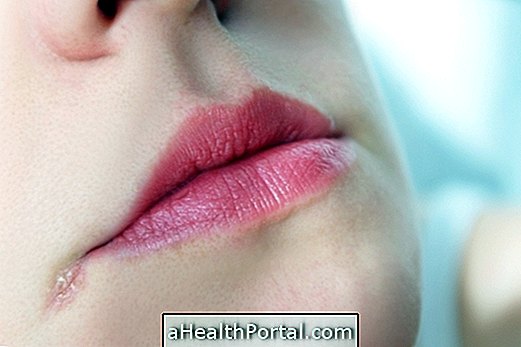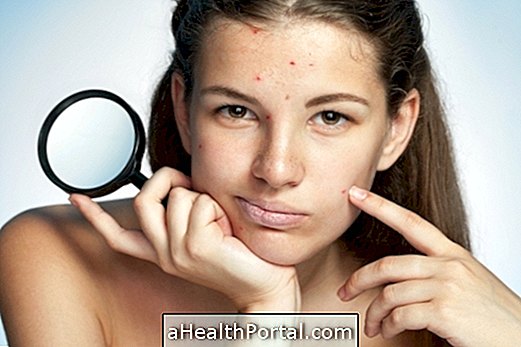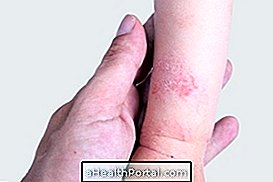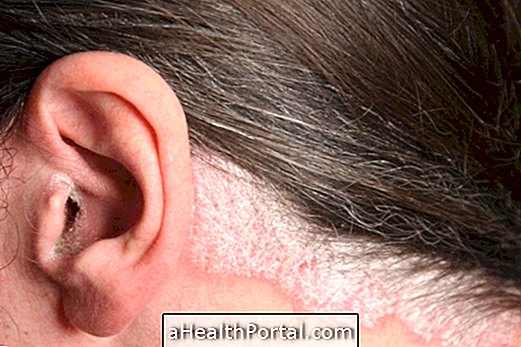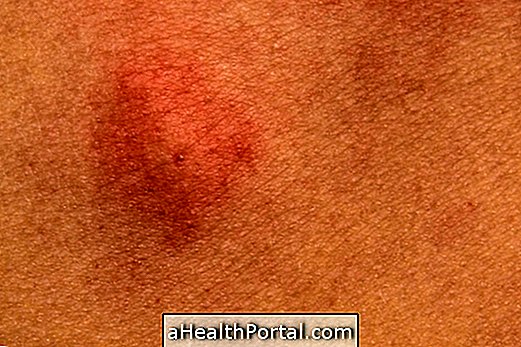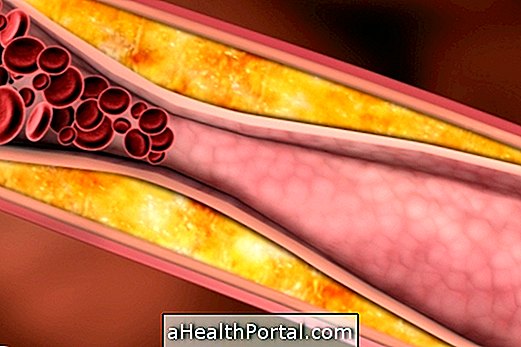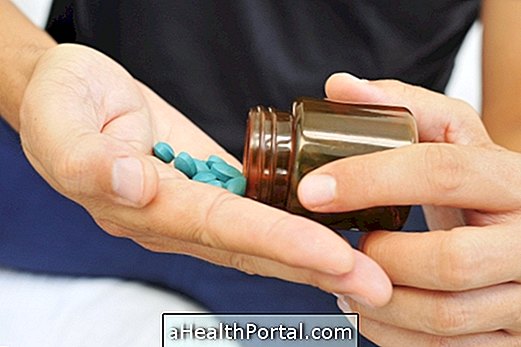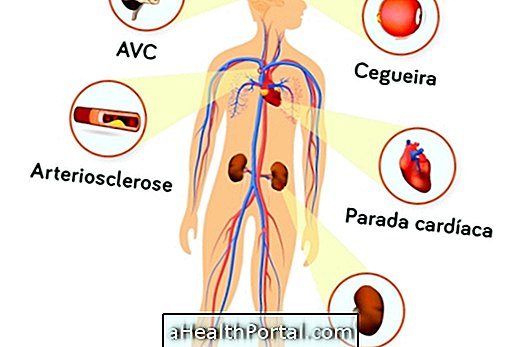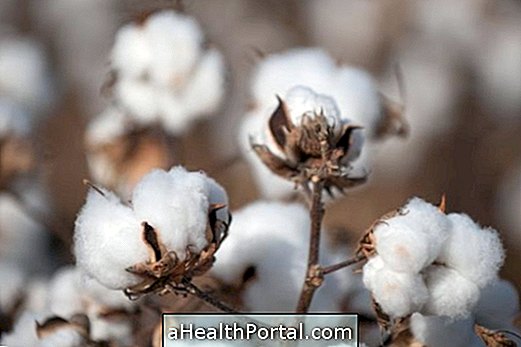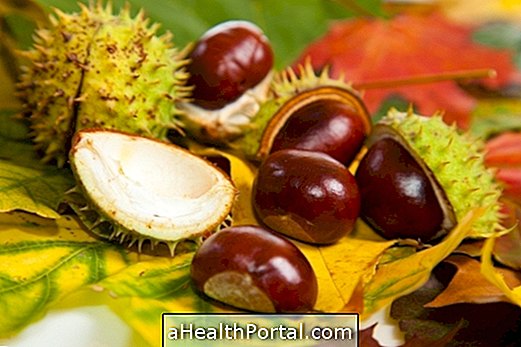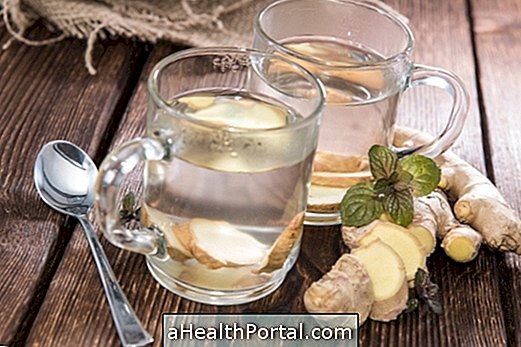Light blotches caused by hypomelanias can be alleviated with the use of antibiotic-based ointments, frequent hydration, or even with the use of phototherapy in the dermatologist's office. However, hypomelanosis has no cure and therefore forms of treatment should be used whenever the spots appear.
Hypomelanosis is a skin problem that causes small white patches between 1 and 5 mm, which arise mainly in the trunk but may spread to the neck and upper arms and legs. These spots are most evident during the summer due to sun exposure and can cluster, forming large areas of light spots, especially on the back.
Hypomelanose's Photos
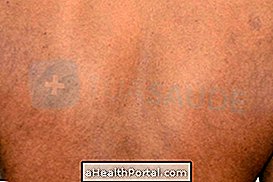

Treatment for hypomelanosis
The treatment for hypomelaniasis should always be directed by a dermatologist and is usually done with:
- Antibiotic creams with benzoyl peroxide or Clindamycin should be prescribed by a dermatologist and help to eliminate bacteria that may be intensifying the appearance of blemishes, thus attenuating discoloration;
- Moisturizing creams : in addition to keeping the skin well moisturized, they are important for relieving skin irritation and help increase the absorption of antibiotics from ointments;
- Phototherapy : It is a type of treatment done in the office of the dermatologist and that uses concentrated ultraviolet rays to attenuate the discoloration of the spots.
In addition, to avoid the onset of hypomelanose patches or to speed up treatment, it is important to avoid excessive sun exposure and to use sunscreen daily with a factor of more than 30, as sun rays aggravate skin discoloration in most cases.
What Causes Hypomelanosis
Although there is no specific cause for hypomelanosis, in most cases it is possible to identify the existence of Propionibacterium acnes, a bacterium responsible for the appearance of acne and that can be eliminated with the use of topical antibiotics. However, the problem may reoccur even after the bacteria have been cleared.
In addition, exposure to sunlight also influences the increase of pale spots of hypomelaniasis, thus being a more common skin problem in families in tropical regions where sun exposure is greater and skin is darker.
If this is not your spot type, see how to identify and treat other types:
- How to identify and treat skin blemishes
